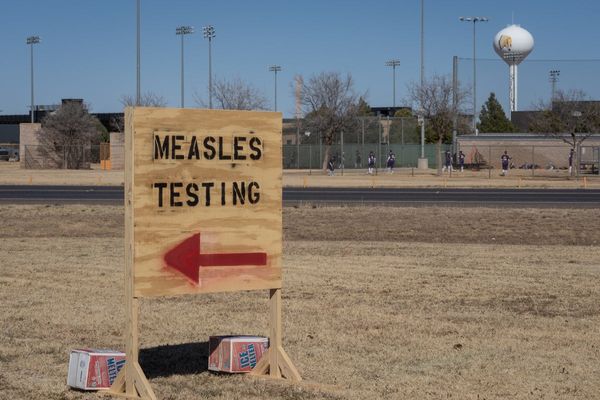
New projections show how uncomfortable and dangerous life will be in Australia's most populous state without urgent action on climate change.
The NSW government's third set of forecasts are the most sophisticated yet, allowing people to zoom in to a resolution of four kilometres and understand how climate change will affect their regions, suburbs and towns.
The projections cover NSW and the ACT and broadly mirror those delivered in 2014 and 2021.
They show further climate change impacts are inevitable including higher temperatures, more dangerously hot days above 35C, fewer cold nights below 2C, and more severe fire weather days.
But there's still an opportunity to influence how severe those impacts are.
For the first time, the projections compare what's expected under a low emissions scenario and a high one, with every measure dramatically worse under high emissions.

By 2090, under a low emissions scenario, temperatures are projected to increase by a further 1.3C on top of the 1.4C that's already occurred.
But a high emissions scenario would add an extra 4C.
The projections for days over 35C are particularly confronting given extreme heat already kills more Australians than any other climate-related threat.
All regions statewide will have more hot days under both scenarios.
If emissions are low, people will swelter through an extra 16 days over 35C every year by 2090. That jumps to an extra 45 if emissions are high.
Those living in northwest NSW will be hardest hit and could live with temperatures above 35C for almost a third of the year under high emissions.
Meanwhile, cold days below 2C will become increasingly rare, especially along the Great Dividing Range.
The result could be significant impacts on Alpine ecosystems, the ski season, and even water supply with smaller snow packs releasing less water into waterways.
Government and industry rely on projections from the New South Wales and Australian Regional Climate Modelling (NARCliM) project to help plan for a future under climate change.
"This data will help protect critical infrastructure including hospitals, transport networks, dams and energy systems from climate change impacts such as extreme heat, fires and floods," Climate Change Minister Penny Sharpe said.
"(It) shows two clear options - we can do nothing which will lock in more extreme weather events in the future, or we can reduce emissions now to play our part in limiting the damage."
The NSW government has committed to reaching net zero emissions by 2050.







